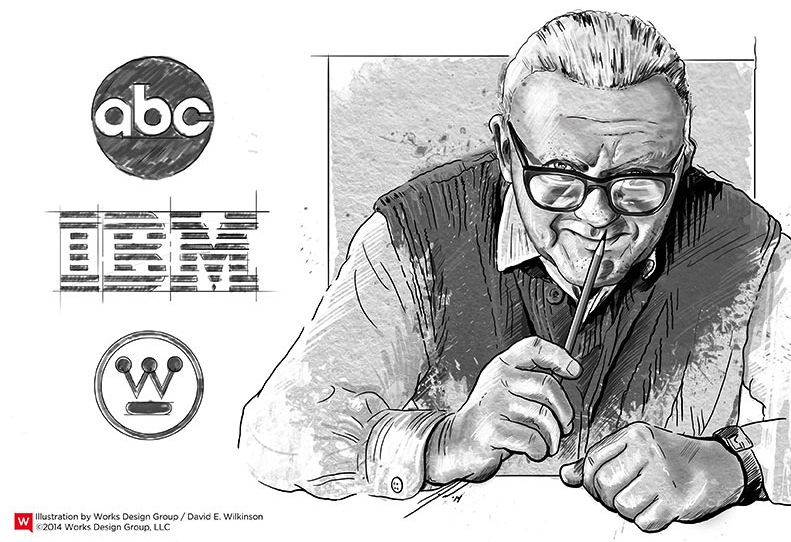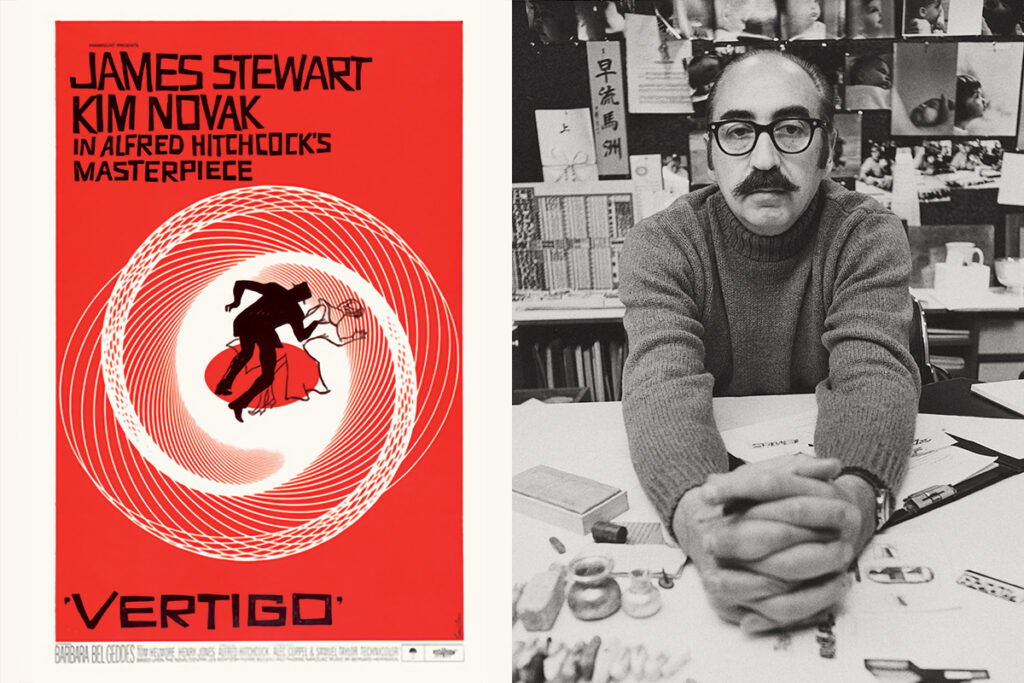Paul Rand and Saul Bass
In the ever-evolving realm of design, drawing inspiration from the trailblazers is an enlightening journey. Join us as we embark on a fascinating exploration of a couple legendary designers whose innovative spirits have shaped the landscape of creativity. Discover the timeless lessons and enduring principles that can fuel your own creative endeavors.
Paul Rand: Master of Simplicity
Paul Rand was a highly influential American graphic designer best known for his corporate logo designs, including iconic logos for companies such as IBM, UPS, and ABC. He was a pioneer in the field of modern graphic design and is celebrated for introducing simplicity and wit into corporate branding.
Rand believed that a good design should be simple, memorable, and convey the intended message clearly. Designers can learn to strip away unnecessary elements, focusing on the core idea to create impactful visuals.
Rand's designs weren't just aesthetically pleasing, rather they were strategically crafted to communicate the essence of the brand. Designers can adopt a thoughtful, strategic approach to their work, ensuring that every element serves a purpose. At the present time, it is clear, Rand's work has stood the test of time. Designers can aspire to create designs with enduring qualities, avoiding trends that may quickly become outdated. A timeless approach ensures longevity and relevance.
Rand paid meticulous attention to details, understanding that even small elements contribute to the overall impact. Designers can emulate this precision, ensuring that every aspect of their work contributes cohesively to the design's effectiveness. In essence, learning from Paul Rand involves embracing simplicity, strategic thinking, timelessness, and a keen attention to detail. By incorporating these principles into their own work, designers can create designs that resonate with audiences and leave a lasting impression.

Saul Bass: Crafting Narratives through Design
Saul Bass was a legendary American graphic designer and filmmaker, renowned for his iconic film title sequences, corporate logos, and movie posters. His innovative work significantly influenced the fields of graphic design and cinema. Bass revolutionized the way films were introduced by creating dynamic and visually compelling title sequences. His work includes memorable sequences for films like "Psycho," "Anatomy of a Murder," and "Vertigo." Designers can learn from his ability to set the tone and capture the essence of a film through impactful visuals.
Bass approached design with a storytelling mindset. His film title sequences were not just credits but a visual narrative that engaged the audience from the beginning. From this, designers can learn to infuse storytelling elements into their work, creating a more immersive and meaningful experience. Bass believed in the power of simplicity. His logos were often minimalist yet impactful, conveying a brand's identity in a visually striking manner. Designers can adopt a less-is-more philosophy, focusing on clarity and impact in their designs.
One of Bass's strengths was his ability to adapt his style to different mediums and industries. Designers can learn from his versatility, understanding that effective design principles can be applied across a wide range of projects. Bass often collaborated with filmmakers and corporate clients closely. Designers can appreciate the value of collaboration, recognizing that effective design is often a result of understanding and meeting the client's or audience's needs.
Saul Bass's legacy lies in his ability to merge design with storytelling and create visuals that resonate across various mediums. Designers can learn not only from his aesthetic principles but also from his holistic approach to design, considering the broader context and narrative within which the design exists.

